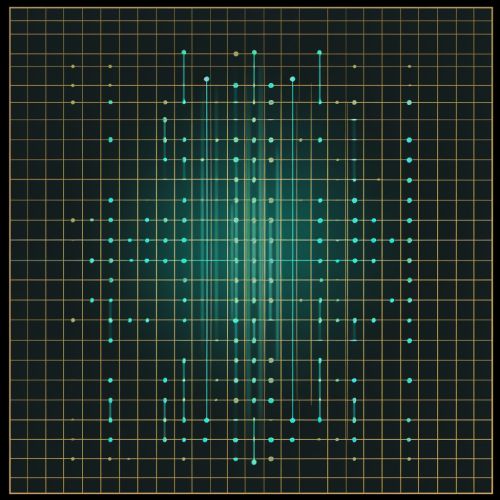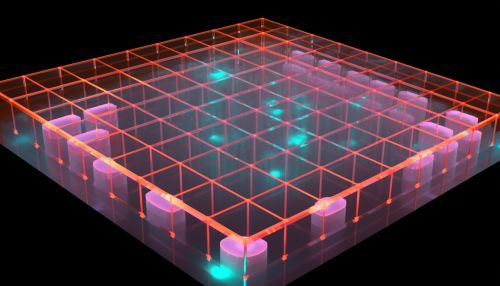Matrix Decomposition
Introduction
Matrix decomposition, also known as matrix factorization, is a key concept in linear algebra. It involves breaking down a square matrix into a product of matrices, making it easier to perform complex calculations. Matrix decomposition methods are widely used in numerical analysis, including the solution of systems of linear equations, computation of determinants, and approximation of eigenvalues and eigenvectors.
Types of Matrix Decomposition
There are several types of matrix decomposition, each with its unique properties and applications. The choice of decomposition method depends on the properties of the original matrix and the specific computational task.
LU Decomposition
LU decomposition, or LU factorization, decomposes a matrix into the product of a lower triangular matrix (L) and an upper triangular matrix (U). This decomposition is used in numerical analysis to solve systems of linear equations, invert matrices, and compute determinants.
QR Decomposition
QR decomposition or QR factorization decomposes a matrix into the product of an orthogonal matrix (Q) and an upper triangular matrix (R). QR decomposition is used in least squares regression analysis and in the computation of eigenvalues and eigenvectors.
Cholesky Decomposition
Cholesky decomposition decomposes a symmetric, positive-definite matrix into the product of a lower triangular matrix and its conjugate transpose. Cholesky decomposition is used in optimization methods and in the simulation of multivariate normal distributions.
Singular Value Decomposition
Singular Value Decomposition (SVD) decomposes a matrix into the product of two orthogonal matrices and a diagonal matrix. SVD is used in signal processing, statistics, and the computation of pseudoinverses.
Eigendecomposition
Eigendecomposition decomposes a matrix into the product of a matrix of its eigenvectors and a diagonal matrix of its eigenvalues. This decomposition is used in many areas of science and engineering, including the solution of differential equations, data analysis, and quantum mechanics.
Applications of Matrix Decomposition
Matrix decomposition methods are widely used in various fields of science and engineering.
Numerical Analysis
In Numerical analysis, matrix decomposition methods are used to solve systems of linear equations, compute determinants, and approximate eigenvalues and eigenvectors.
Signal Processing
In Signal processing, matrix decomposition methods such as SVD are used to analyze and manipulate signals.
Data Analysis
In Data analysis, matrix decomposition methods are used to extract meaningful information from large datasets. For example, SVD is used in principal component analysis, a popular method for data reduction.
Quantum Mechanics
In Quantum mechanics, eigendecomposition is used to solve the Schrödinger equation and to analyze quantum systems.
Conclusion
Matrix decomposition is a fundamental concept in linear algebra with wide-ranging applications in science and engineering. By breaking down a complex matrix into simpler components, matrix decomposition methods simplify computations and provide insights into the underlying structure of the matrix.


